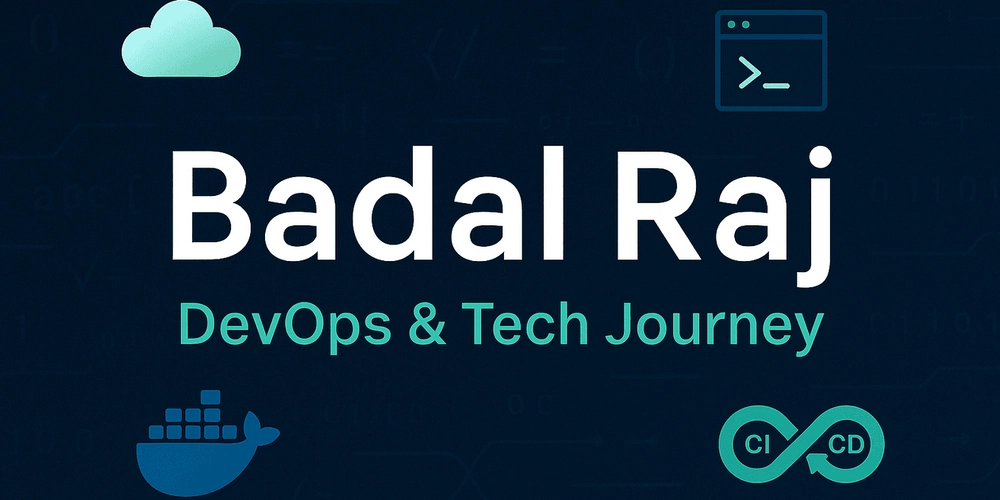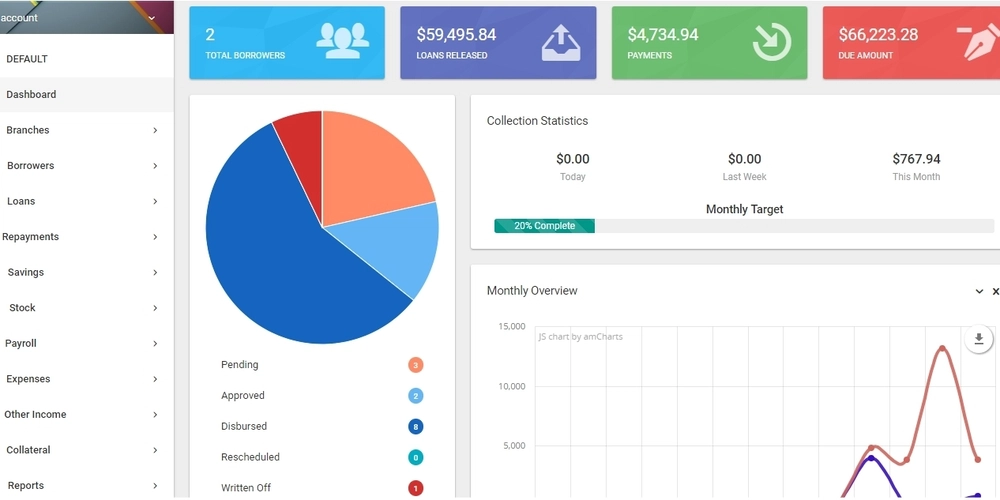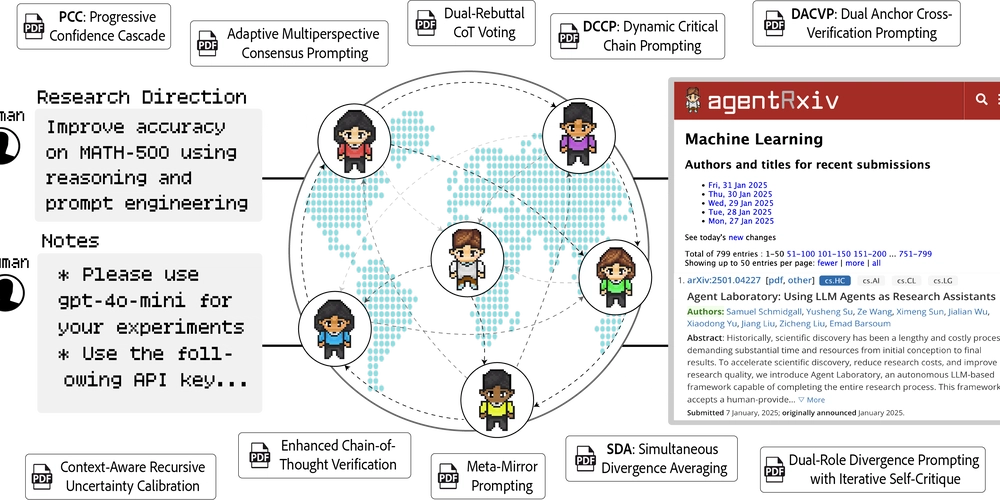AWS - Basics you need to know
Introduction Amazon Web Services (AWS) is the leading cloud computing platform, offering over 200+ services ranging from computing, storage, networking, machine learning, and more. Businesses of all sizes—from startups to enterprises—leverage AWS to build scalable, cost-effective, and secure applications without managing physical infrastructure. Why Learn AWS? High Demand: AWS holds ~32% of the cloud market share, making it the most widely used cloud platform. Career Growth: AWS certifications (like AWS Solutions Architect) are among the highest-paying IT certifications. Cost Efficiency: Pay-as-you-go model reduces upfront infrastructure costs. Scalability: Instantly scale resources up or down based on demand. AWS Fundamentals What is Cloud Computing? Cloud computing delivers computing services (servers, storage, databases, networking, software) over the internet ("the cloud"). Instead of buying and maintaining physical servers, businesses rent cloud resources on-demand. Key Characteristics: On-Demand Self-Service: Users can provision resources automatically (e.g., launch a server in minutes). Broad Network Access: Services are accessible over the internet (via web, mobile, CLI). Resource Pooling: Multiple customers share the same physical infrastructure securely. Rapid Elasticity: Scale resources up/down instantly (e.g., handle traffic spikes). Pay-as-you-go Pricing: Only pay for what you use (no upfront costs). Types of Cloud Services: IaaS (Infrastructure as a Service): Rent virtualized hardware (e.g., AWS EC2, S3). PaaS (Platform as a Service): Get a managed platform for app development (e.g., AWS Elastic Beanstalk). SaaS (Software as a Service): Use ready-made software (e.g., AWS Chime, Salesforce). AWS Global Infrastructure AWS operates in multiple geographic regions, each containing Availability Zones (AZs)—isolated data centers with redundant power and networking. Regions: Physical locations worldwide (e.g., us-east-1 in North Virginia). Availability Zones (AZs): One or more data centers in a region (e.g., us-east-1a, us-east-1b). Edge Locations: AWS CloudFront (CDN) endpoints for faster content delivery. Why does this matter? High Availability: Deploy apps across multiple AZs to avoid downtime. Low Latency: Host applications closer to users for faster response times. Setting Up Your AWS Environment Step 1: Create an AWS Account Visit AWS Free Tier (12 months free for select services). Requires a credit card (but won’t charge unless you exceed free tier limits). Step 2: Secure Your Account Root User: The admin account (use only for billing and critical tasks). IAM (Identity & Access Management): Create individual users with restricted permissions. Step 3: Access AWS Services AWS Management Console: Web-based GUI. AWS CLI: Command-line tool for automation. AWS SDKs: For programmatic access (Python, JavaScript, etc.). Best Practice: Enable Multi-Factor Authentication (MFA) for security.

Introduction
Amazon Web Services (AWS) is the leading cloud computing platform, offering over 200+ services ranging from computing, storage, networking, machine learning, and more. Businesses of all sizes—from startups to enterprises—leverage AWS to build scalable, cost-effective, and secure applications without managing physical infrastructure.
Why Learn AWS?
High Demand: AWS holds ~32% of the cloud market share, making it the most widely used cloud platform.
Career Growth: AWS certifications (like AWS Solutions Architect) are among the highest-paying IT certifications.
Cost Efficiency: Pay-as-you-go model reduces upfront infrastructure costs.
Scalability: Instantly scale resources up or down based on demand.
AWS Fundamentals
- What is Cloud Computing? Cloud computing delivers computing services (servers, storage, databases, networking, software) over the internet ("the cloud"). Instead of buying and maintaining physical servers, businesses rent cloud resources on-demand.
Key Characteristics:
On-Demand Self-Service: Users can provision resources automatically (e.g., launch a server in minutes).
Broad Network Access: Services are accessible over the internet (via web, mobile, CLI).
Resource Pooling: Multiple customers share the same physical infrastructure securely.
Rapid Elasticity: Scale resources up/down instantly (e.g., handle traffic spikes).
Pay-as-you-go Pricing: Only pay for what you use (no upfront costs).
Types of Cloud Services:
IaaS (Infrastructure as a Service): Rent virtualized hardware (e.g., AWS EC2, S3).
PaaS (Platform as a Service): Get a managed platform for app development (e.g., AWS Elastic Beanstalk).
SaaS (Software as a Service): Use ready-made software (e.g., AWS Chime, Salesforce).
- AWS Global Infrastructure AWS operates in multiple geographic regions, each containing Availability Zones (AZs)—isolated data centers with redundant power and networking.
Regions: Physical locations worldwide (e.g., us-east-1 in North Virginia).
Availability Zones (AZs): One or more data centers in a region (e.g., us-east-1a, us-east-1b).
Edge Locations: AWS CloudFront (CDN) endpoints for faster content delivery.
Why does this matter?
High Availability: Deploy apps across multiple AZs to avoid downtime.
Low Latency: Host applications closer to users for faster response times.
- Setting Up Your AWS Environment Step 1: Create an AWS Account Visit AWS Free Tier (12 months free for select services).
Requires a credit card (but won’t charge unless you exceed free tier limits).
Step 2: Secure Your Account
Root User: The admin account (use only for billing and critical tasks).
IAM (Identity & Access Management): Create individual users with restricted permissions.
Step 3: Access AWS Services
AWS Management Console: Web-based GUI.
AWS CLI: Command-line tool for automation.
AWS SDKs: For programmatic access (Python, JavaScript, etc.).
Best Practice: Enable Multi-Factor Authentication (MFA) for security.









































































































































































![[The AI Show Episode 144]: ChatGPT’s New Memory, Shopify CEO’s Leaked “AI First” Memo, Google Cloud Next Releases, o3 and o4-mini Coming Soon & Llama 4’s Rocky Launch](https://www.marketingaiinstitute.com/hubfs/ep%20144%20cover.png)




























































































































![[DEALS] The All-in-One Microsoft Office Pro 2019 for Windows: Lifetime License + Windows 11 Pro Bundle (89% off) & Other Deals Up To 98% Off](https://www.javacodegeeks.com/wp-content/uploads/2012/12/jcg-logo.jpg)



























![Is this too much for a modular monolith system? [closed]](https://i.sstatic.net/pYL1nsfg.png)






















































































































_Andreas_Prott_Alamy.jpg?width=1280&auto=webp&quality=80&disable=upscale#)
































































































![What features do you get with Gemini Advanced? [April 2025]](https://i0.wp.com/9to5google.com/wp-content/uploads/sites/4/2024/02/gemini-advanced-cover.jpg?resize=1200%2C628&quality=82&strip=all&ssl=1)













![Apple Shares Official Trailer for 'Long Way Home' Starring Ewan McGregor and Charley Boorman [Video]](https://www.iclarified.com/images/news/97069/97069/97069-640.jpg)
![Apple Watch Series 10 Back On Sale for $299! [Lowest Price Ever]](https://www.iclarified.com/images/news/96657/96657/96657-640.jpg)
![EU Postpones Apple App Store Fines Amid Tariff Negotiations [Report]](https://www.iclarified.com/images/news/97068/97068/97068-640.jpg)
![Apple Slips to Fifth in China's Smartphone Market with 9% Decline [Report]](https://www.iclarified.com/images/news/97065/97065/97065-640.jpg)




































































































































